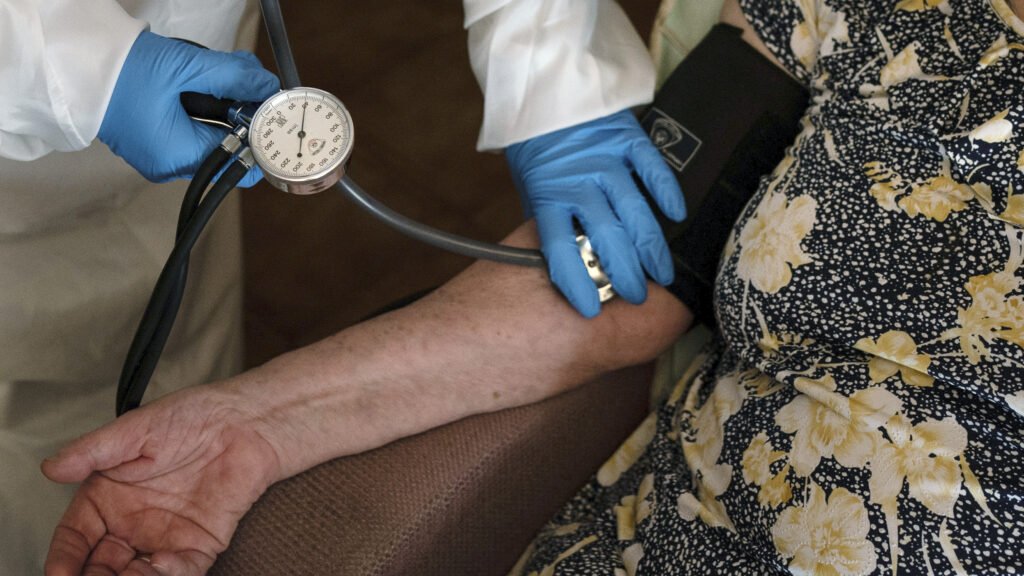The Women’s Health Initiative Faces Funding Crisis
On April 14, at 9 a.m. Pacific time, the devastating news reached Marcia Stefanick of Stanford and three other leaders of regional centers involved in the Women’s Health Initiative. After decades of groundbreaking research on women’s health, they were informed that their funding would be cut at the end of the fiscal year.
For Stefanick and her colleagues, who had contracts ready to extend their work on hormone therapy, bone health, and cardiovascular health, it felt like a punch in the gut. The Women’s Health Initiative has been instrumental in changing medical practice in these areas, and the abrupt end of funding left the researchers reeling.
Despite their shock, the team was instructed by the coordinating center to withhold the news from the study’s steering committee and other investigators for a few days. It wasn’t until April 18 that they were able to break the news to their colleagues, who were equally devastated by the sudden halt in funding.
The Women’s Health Initiative has been a cornerstone of research on women’s health, providing valuable insights that have influenced medical guidelines and patient care. The loss of funding not only jeopardizes ongoing research but also puts at risk the valuable contributions that the initiative has made to the field.
As the researchers grapple with the uncertainty of their future, the impact of this funding crisis extends beyond their immediate circle. The Women’s Health Initiative has had far-reaching implications for women’s health worldwide, and its sudden halt raises concerns about the future of research in this critical area.
Moving forward, it is essential to find a way to secure funding for the Women’s Health Initiative and ensure that this vital research can continue. The work of Stefanick and her colleagues has been instrumental in advancing our understanding of women’s health, and it is crucial that their efforts are supported and sustained for the benefit of women everywhere.


